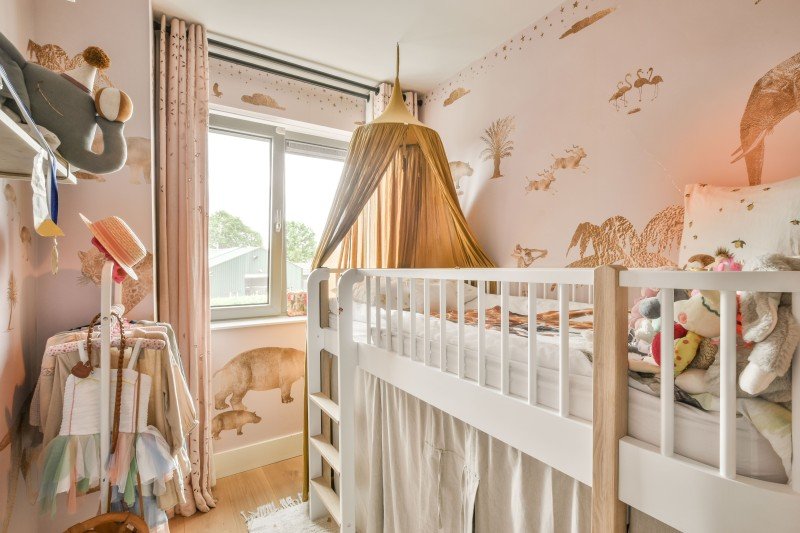Why Nobody Cares About Kids Bunkbed
Title: The Ultimate Guide to Kids Bunk Beds
Intro
As children grow, so does their requirement for space and storage options. Bunk beds are an outstanding method to optimize area while providing a fun and functional sleeping plan for your kids. This detailed guide will explore the numerous types, advantages, safety factors to consider, and FAQs connected to kids bunk beds.
I. Types of Kids Bunk Beds
- Requirement Bunk Beds: These are the most typical type, featuring 2 twin-sized beds stacked on top of each other.
- Futon Bunk Beds: The bottom bunk is replaced with a futon, offering a couch and a bed in one piece of furnishings.
- Twin-Over-Full Bunk Beds: The bottom bunk is larger, accommodating a full-sized mattress, while the top bunk is a twin.
- L-Shaped Bunk Beds: These include 2 beds placed perpendicularly, providing more flooring space below.
- Loft Bunk Beds: A single bed is put on a raised platform, leaving room for a desk, play area, or storage below.
II. Benefits of Kids Bunk Beds
- Space-Saving: Bunk beds are ideal for smaller bedrooms, releasing up floor space for other activities and furniture.
- Fun and Exciting: Children typically delight in the novelty and experience of going up to their own private sleeping area.
- Cost-Effective: Purchasing one bunk bed is more cost effective than purchasing 2 separate beds.
- Versatile: Many bunk beds can be separated into two different beds as children grow older or when area allows.
- Integrated Storage: Some bunk beds feature integrated storage solutions, such as drawers, desks, or racks.
III. Security Considerations
- Sturdy Construction: Ensure the bunk bed is made from durable, long lasting products and has a safe ladder for safe access.
- Correct Spacing: Gaps between the mattress and the frame need to be less than 3.5 inches to avoid entrapment.
- Suitable Height: Select a bunk bed with an appropriate height for your child, considering their age, size, and ability to climb and down safely.
- Secure Mattresses: Use the proper size bed mattress and protect it to the bed frame to prevent it from moving during sleep.
- Guardrails: Ensure guardrails are installed on both sides of the leading bunk and are at least 5 inches greater than the top of the mattress.
IV. Frequently asked questions
- What is the ideal age for a child to sleep on the top bunk?It is generally recommended to wait till a child is at least six years old before permitting them to sleep on the top bunk.
- Can bunk beds be separated into two different beds?Yes, some bunk beds can be taken apart and transformed into 2 different beds.
- How much area is required in between the bottom of the leading bunk and the top of the bottom bunk? bunk bed adults of 2 feet 8 inches is advised for head clearance on the bottom bunk.
- Are bunk beds safe for children?When effectively assembled and used, bunk beds are safe for children. Constantly follow security standards and ensure your child comprehends the guidelines for utilizing the bunk bed.
V. Conclusion
Kids bunk beds are a useful and fun service for optimizing space and providing a distinct sleeping experience for your children. By thinking about the various types, advantages, and security considerations, you can make a notified decision when selecting the perfect bunk bed for your family.
